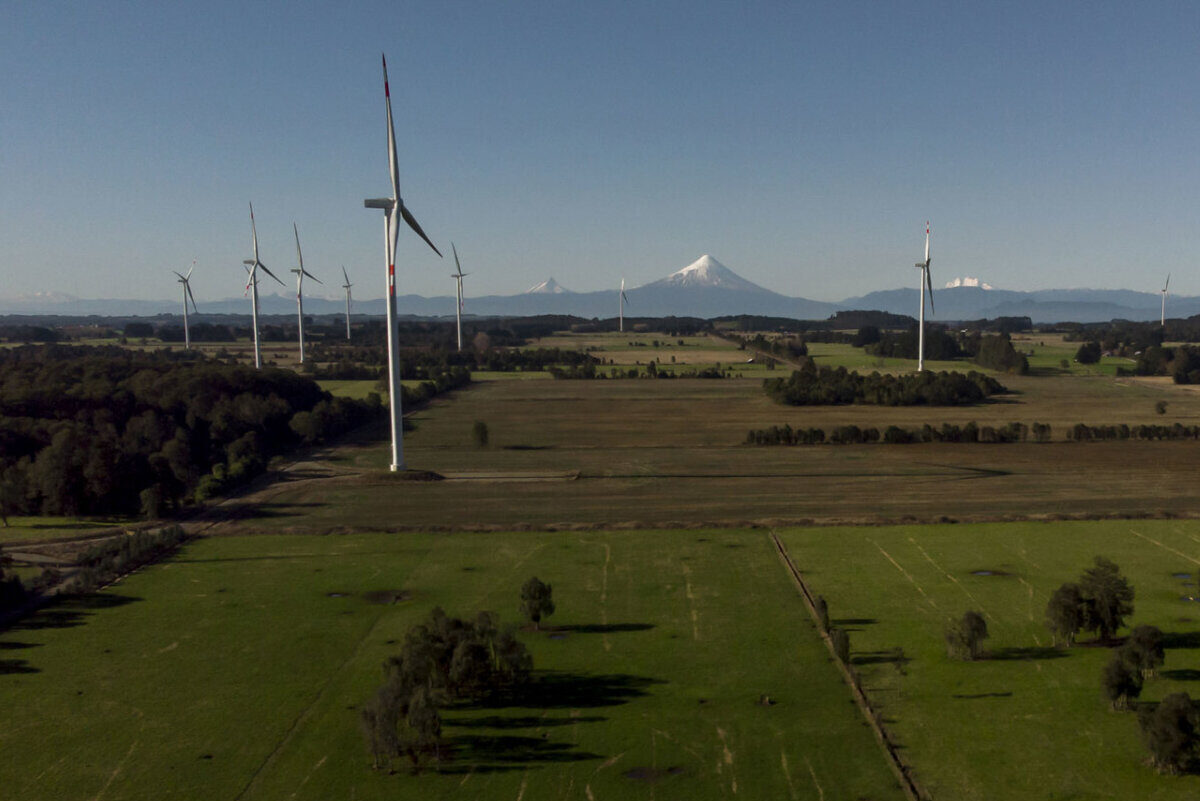China could play a much bigger role in financing efforts to tackle global climate change. Chinese investment in climate-related projects in developing countries is significant. However, it remains limited and falls short of the amount pledged by Beijing. COP28 provides an opportunity for China to renew its climate commitment to the Global South.
Climate cooperation with the Global South is a critical part of China’s foreign policy. Key drivers of China’s engagement are to increase its influence on the world stage and portray itself as a responsible major power. Furthermore, China – the largest economy in the developing world and an influential geopolitical actor – is the de facto leader of the developing country bloc in international climate negotiations. Developed nations’ failure thus far to live up to their promises on climate finance have only solidified China’s position.
At the COP27 climate conference in 2022, countries came to a historic agreement on funding arrangements for “loss and damage”, including a dedicated fund. While China is not obliged to contribute to this fund, there are growing expectations for it to support developing countries financially as it grows richer.
This briefing provides an overview of China’s climate engagement and finance to countries in the Global South. It takes stock of the different channels through which China conducts its climate diplomacy with developing countries and the scale of climate-related finance in Chinese overseas investment. The analysis finds that:
- Through its “South–South” mechanism, Beijing has built the diplomatic and institutional frameworks to provide climate-related finance to the Global South. However, it has not yet lived up to its potential. China has delivered 10% of the $3.1 billion pledged for a dedicated fund to finance climate cooperation with the Global South in the seven years since the launch.
- China spent over $1 billion a year on average on climate-related projects in the Global South between 2013 and 2017. However, that is less than 2% of the hundreds of billions of dollars spent on infrastructure projects through the Belt and Road Initiative and other official programmes.
- Bilateral and regional partnerships and international initiatives have been the main mechanisms of Beijing’s climate diplomacy vis-à-vis the Global South. China has delivered these programmes in the form of in-kind donations, grants, loans or export credits.
- These projects are driven by a combination of factors, such as government agencies’ priorities, expanding export opportunities for green technologies, and securing access to strategic resources. The sum of these investments provides a fuller picture of China’s climate diplomacy towards the Global South.


